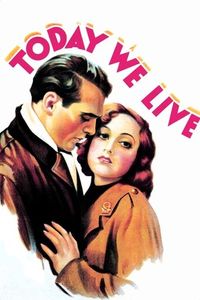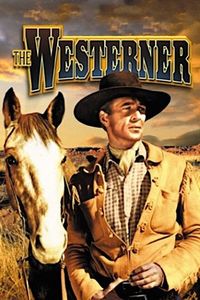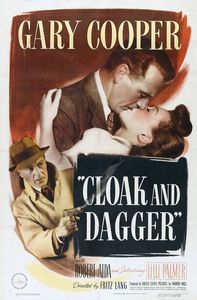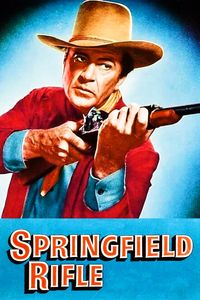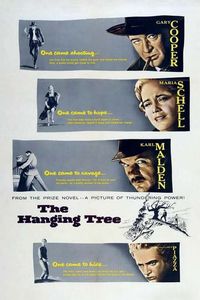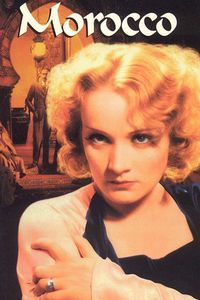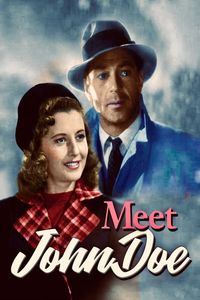Today we Live (1933)
(On Cable TV, October 2021) I got interested in Today we Live because I’m trying to complete my Howard Hawks filmography, but not every one of movies is a hit, and this early effort goes right in the bottom tier. On paper, there’s certainly plenty to like about the film and the people it involves. I mean: Directed by Hawks! Dialogue by William Faulkner! Featuring Gary Cooper, Joan Crwford and Franchot Tone! A big romantic WW1 epic! Well, sometimes the ingredients don’t take in the mix: Today we Live has an excruciating first hour of drawing-room conversations set against the WW1 backdrop, with a love triangle between the heroine and two officers laboriously constructed according to familiar conventions. It’s dull in a way that we rarely associate with Hawks movies (even previous ones, such as Scarface). The pacing issues are compounded by a dour tone that leaves no place for Hawks’ usual humour, and even less for capable, vivacious characters. Fortunately, the reason why Hawks took the project becomes more obvious in the second half, with some aerial combat footage (much of it apparently recycled from Hell’s Angels) and characters in peril. On the other hand, the abrupt change in tone and style does give further credence to the idea that the film is a botched blend of creative influences, studio interference and mid-flight corrections—reading about the troubled production history of the film is very instructive. In the end, what’s left is something that feels a lot like a lesser take on material done better in Wings or Hell’s Angels, and nowhere near what Hawks himself would do in later years.
